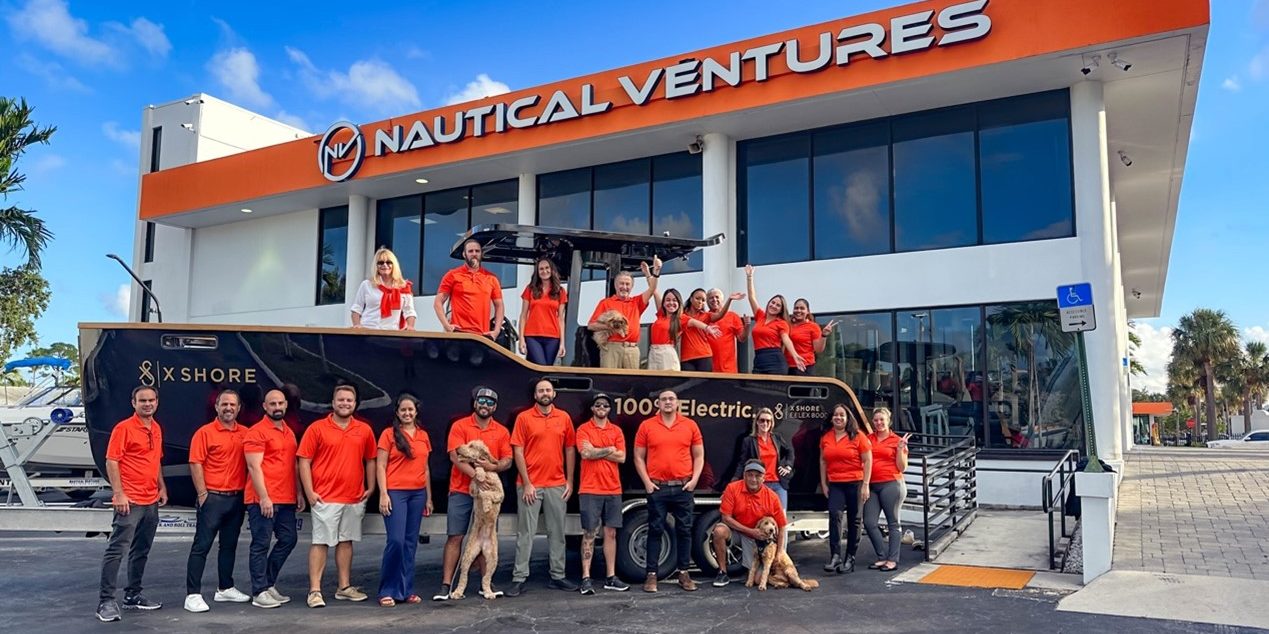(Increasing) horsepower still a beautiful thing
In an era where environmental friendliness and quiet runnings seem to be dominating engine innovation, manufacturers are still concentrating on that one main consumer attraction: horsepower.
And while increased horsepower, by itself, doesn’t really strike us as groundbreaking news, we found it noteworthy to recognize two milestones that recently have been achieved. Yamaha Marine introduced the first-ever, emissions-compliant 300-horse outboard, while Sea-Doo watercraft took the PWC industry over the 200-horse milestone with its new 215-hp four stroke RXP.
Sea-Doo had already owned the horsepower crown in the watercraft industry. The company increased the power output of its 155-horse 4-TEC, 1503 cc four stroke, introduced in 2002, by adding a supercharger (and 30 hp) for the 2003 model year. The manufacturer then added an intercooler to increase the air density and increase the boost that the supercharger provides for the new RXP.
“Horsepower, as far as we segment the watercraft industry, is the No. 1 influencing aspect of the musclecraft,” says Sea-Doo PR Coordinator Tim McKercher. “The demand for horsepower alone in this segment has driven sales. We feel that this is the product that will help give that segment a boost and grow that segment.”
Yamaha used the same cooling idea to help increase power. While it doesn’t work exactly like the intercooler system that Sea-Doo uses or those that are applied to other “charged” engine platforms, Yamaha employs a water-cooled air intake baffle that provides for increased power.
Available in either a 25- or 30-inch shaft, the 300 HPDI (High Pressure Direct Injection) is based on the V-6, 250 HPDI it introduced last year. And while it’s not the first 300-horse outboard to ever hit the market, it is the most powerful outboard to meet 2006 emissions regulations.
“I think that a lot of this came from boatbuilder pressure,” says David Grigsby the product manager for Yamaha’s Outboard group. “Boatbuilders were telling us that dealers were complaining that these bigger boats are great, but that they needed bigger engines to push them.”
As it turns out, both the Sea-Doo and the Yamaha engine platforms were designed as less-powerful engines with room to grow. Sea-Doo’s engine was originally introduced with 60 fewer horsepower, while the Yamaha was originally introduced as a 250-horse. Sea-Doo added the supercharger, then the intercooler and made a few calibration and impeller changes; Yamaha increased the compression, added the water-cooled intake system, and, the company says, decreased oil consumption by more than 50 percent.
“The entire 4-TEC engine platform is by far the most well-thought-out engine platform that Bombardier and Rotax have developed,” McKercher says. “It’s a fairly modular system, so adding or decreasing cylinders doesn’t hinder us as far as our development. The 1503 marine engine was designed with future performance enhancements in mind. The supercharger and the intercooler were planned. And there’s even more performance left.”
Grigsby says that, while the Yamaha engine has the same cubic-inch block, there were a number of computer mapping changes and the introduction of an exhaust pressure reduction system that complement with the water-cooled air intake. The exhaust pressure reduction system incorporates a hole underneath the cavitation plate, and it works to draw out the additional pressure of the exhaust gases brought in through the new intake.
While increasing power in both segments of the industry remains constant, so, too, does the focus on cleanliness.
“The 4-TEC engine platform in watercraft has silenced all critics as far as questioning whether four stroke power is a legitimate power source for watercraft,” McKercher says. “Consumers are coming into dealerships asking for four stroke-powered watercraft far more often than two stroke powered. And the fast and growing reputation of the 4-TEC powerplant is leading that charge.”
“It was time to come out with a 300, and we chose to go with the HPDI because that was the one we could get to the market the fastest,” Grigsby explains. “They’re still pretty lightweight and have a pretty narrow profile to them, and they are fuel efficient. The main thing was to get motors on there that had that kind of horsepower and the fuel economy that people could live with.”
— Matt Gruhn




